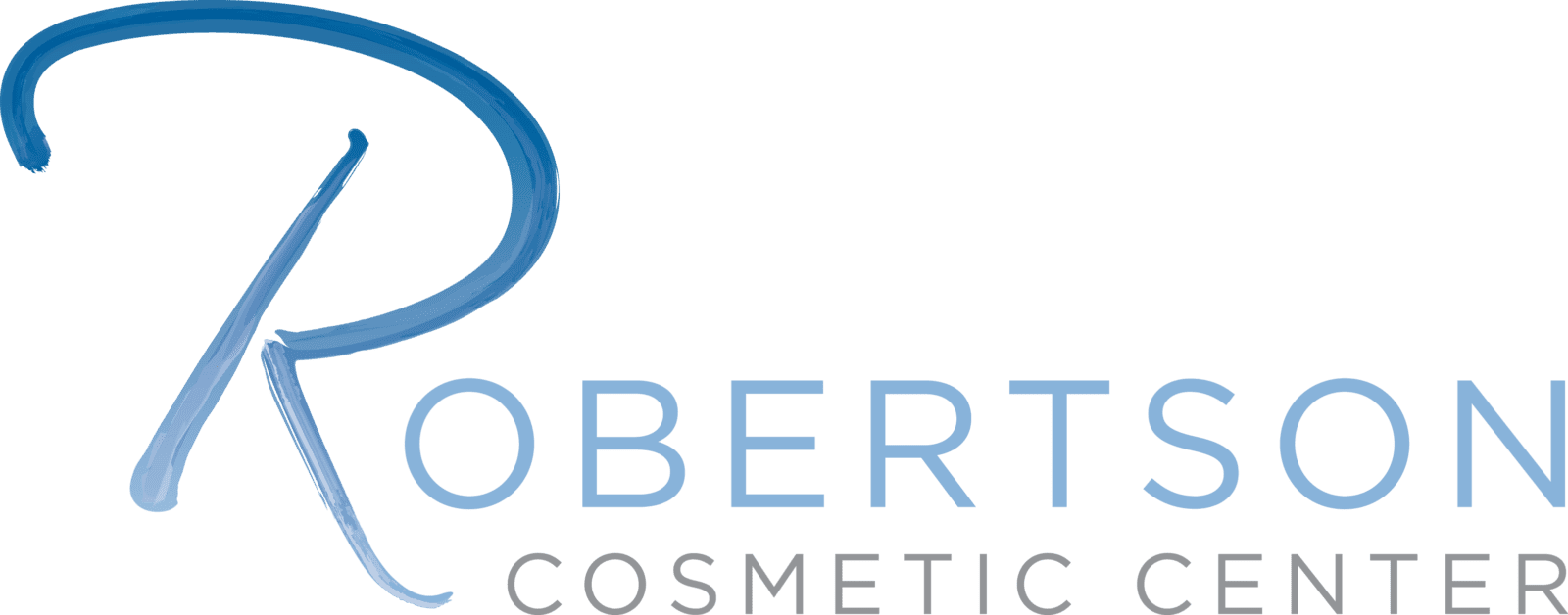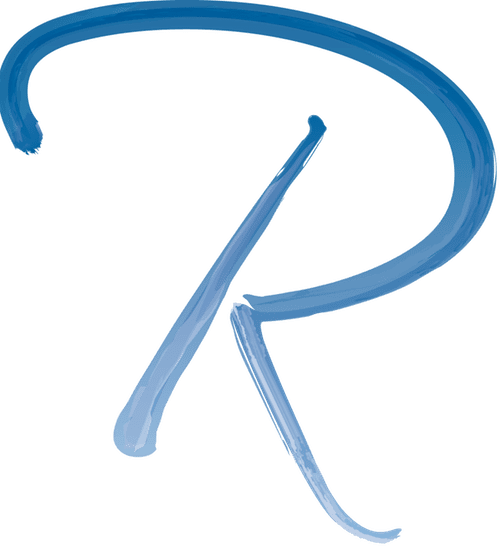PRE-TREATMENT SKINCARE:
- Please follow any pre-treatmentinstructions your provider may have outlined in preparation for your FaceTite procedure.
- If you have a history of cold sores or a diagnosis of HSV (herpes simplex virus), you will need a prescription for prophylaxis prior to the procedure. Call our office and we’d be happy to help you with a prescription.
- If you have an active cold sore for this appointment, your visit will need to be rescheduled!
- You many not be tanned or have recent UV exposure (minimum 2 weeks) including creams and sprays such as self tanner. Excessive tanning of any sort (sun exposure, tanning beds, and artificial tanning lotions) is not allowed in the treated areas during the entire course of treatment.
- If you naturally have a darker complexion, you may be advised by your provider to pre-condition with Hydroquinone and Tretinoin for a minimum of 8 weeks before treatment.
Please let your provider know if you have any of the following:
- Pacemaker or internal defibrillator or any electronic Implant such as glucose monitor.
- Permanent implant in the treated area such as metal plates and screws, silicone implants or an injected chemical substance.
- Current or history of cancer, especially skin cancer, or pre-malignant moles.
- Impaired immune system due to immunosuppressive diseases such as AIDS and HIV, or use of immunosuppressive medications.Severe concurrent conditions such as cardiac disorders, epilepsy, uncontrolled hypertension, and liver or kidney diseases.
- A history of diseases stimulated by heat, such as recurrent Herpes Simplex in the treatment area.
- Any active condition in the treatment area, such as sores, psoriasis, eczema and rash as well as excessively/freshly tanned skin.
- History of skin disorders such as keloid scarring, abnormal wound healing, as well as very dry and fragile skin.
- Any medical condition that might impair skin healing.
- Poorly controlled endocrine disorders, such as diabetes or thyroid dysfunction.
- Any surgical, invasive, ablative procedure in the treatment area in the last 3 months or before complete healed.
- Use of Isotretinoin (Accutane) within 12 months prior to treatment.
FOR 3 MONTHS PRIOR TO TREATMENT, PLEASE AVOID dermal fillers including Juvedermand Restaylane products, Sculptra and any other injectable filler.
FOR 2 WEEKS PRIOR TO TREATMENT, PLEASE AVOID Botox/Dysport and Fat Transfers to the area.
FOR 5 DAYS PRIOR TO TREATMENT, PLEASE AVOID THE FOLLOWING:
- Tretinoin or any retinoic acid derivatives (including Retin-A, Renova, Refissa, Retinol, Atralin, Avita, Tazorac, or Avage, Ziana, Azaelex, or Differin).
- Tweezing, waxing the area to be treated.
POST-TREATMENT SKINCARE:
Just as important as the treatment, is the care for your skin post-treatment. Follow your providers instructions and keep all follow-up appointments.
To minimize your recovery time and optimize your results, please follow all post-procedure instructions as outlined below:
- You may resume your normal diet as tolerated.
- You can resume taking your routine medications, unless your physician instructs you differently.
- For initial pain control, try acetaminophen (Tylenol). The second option is Ibuprofen (Motrin) Do not take Aspirin. If this is insufficient, contact our office
- A compression garment will be placed around your head after the procedure. The garment helps with swelling and skin retraction. In addition you may also have an ABD gauze pad applied directly over the entry point and may or may not have a stitch closing this area. Leave this dressing on for 24-48 hours. The compression garment should be worn for 23 hours a day (you may take it off to shower and or eat), the first 3-4 days post procedure, except while bathing and eating. After 3-4 days, the compression garment should be worn as much as you can tolerate for 15 days post treatment. Continued use of compression at night for up to the first several weeks has been clinically proven to be valuable as well, and will be reviewed with you during the office visits.
- Keep the incision area clean and dry. You may use a mild cleanser to wash your face, but avoid no vigorous scrubbing.
- After cleaning the incision area, apply a thin layer of antibiotic ointment. Apply 2 or 3 more times throughout the day so that there is always a thin layer on the incision.
- Avoid excessive sweating for 72 hours (i.e.. Hot yoga, running, etc.).
- Use post care as instructed by your provider. The day of your treatment use only the provided post care products, which your provider will go over with you.
- Avoid irritating the skin with harsh products, chemicals, rubbing or exfoliating for one week (including the use of a Clarisonic, Exfoliating Polish, Retinols, etc.).
- You may resume wearing makeup or tinted moisturizer 24 hours after your treatment. You must wear a high factor, mineral based sunscreen (minimum SPF 30) and protect the treated area from over exposure to sunlight for at least 1 month post treatment. Excessive tanning of any sort (sun exposure, tanning beds, and artificial tanning lotions) is not allowed in the treated areas during the entire course of treatment. If circumstances should arise where sun exposure cannot be avoided, it is important to reapply sunscreen often, and wear a hat to shield the face from direct sun exposure.
- Do not use any harsh chemicals including glycolic, alpha hydroxy, beta hydroxyl, retinol, benzyl peroxide, salicylic acid, or topical acne medications until your skin has completely healed. Your provider will make recommendations based on your regular skincare regimen.
- You may resume prescription retinoid products including Retin-A, Renova, Refissa, Retinol, Atralin, Avita, Tazorac, or Avage, Ziana, Azaelex, or Differin 7-10 days after your treatment unless directed otherwise by your provider.
WHEN TO CALL OUR OFFICE:
- Any excessive bleeding.
- Extreme bulging black and blue sites. These are extremely rare and unlikely.
- Temperature of 101.5 F.
- Redness, swelling, or drainage from the entry point.
- Uncontrolled pain.
WATCH-OUTS
- Swelling will occur post treatment and is expected. This is a normal side effect and requires patience. Wearing your compression garment, sleeping elevated and staying hydrated will all help minimize this.
- As your skin is healing, the treated area may feel tender, hardened or uneven. This is normal and will resolve with time.
TIPS & TRICKS:
- Treat the area with care as it will likely be tender.
- When showering, you may get the area wet however avoid submerging the area for approximately a week.
- Avoid strenuous exercise and sweating for a minimum of 72 hours.
WARNING:
- DO NOT pick, rub or scratch at your incision.
- DO NOT wear makeup for 24 hours.
If you have any questions do not hesitate to contact us at 608.836.4044

